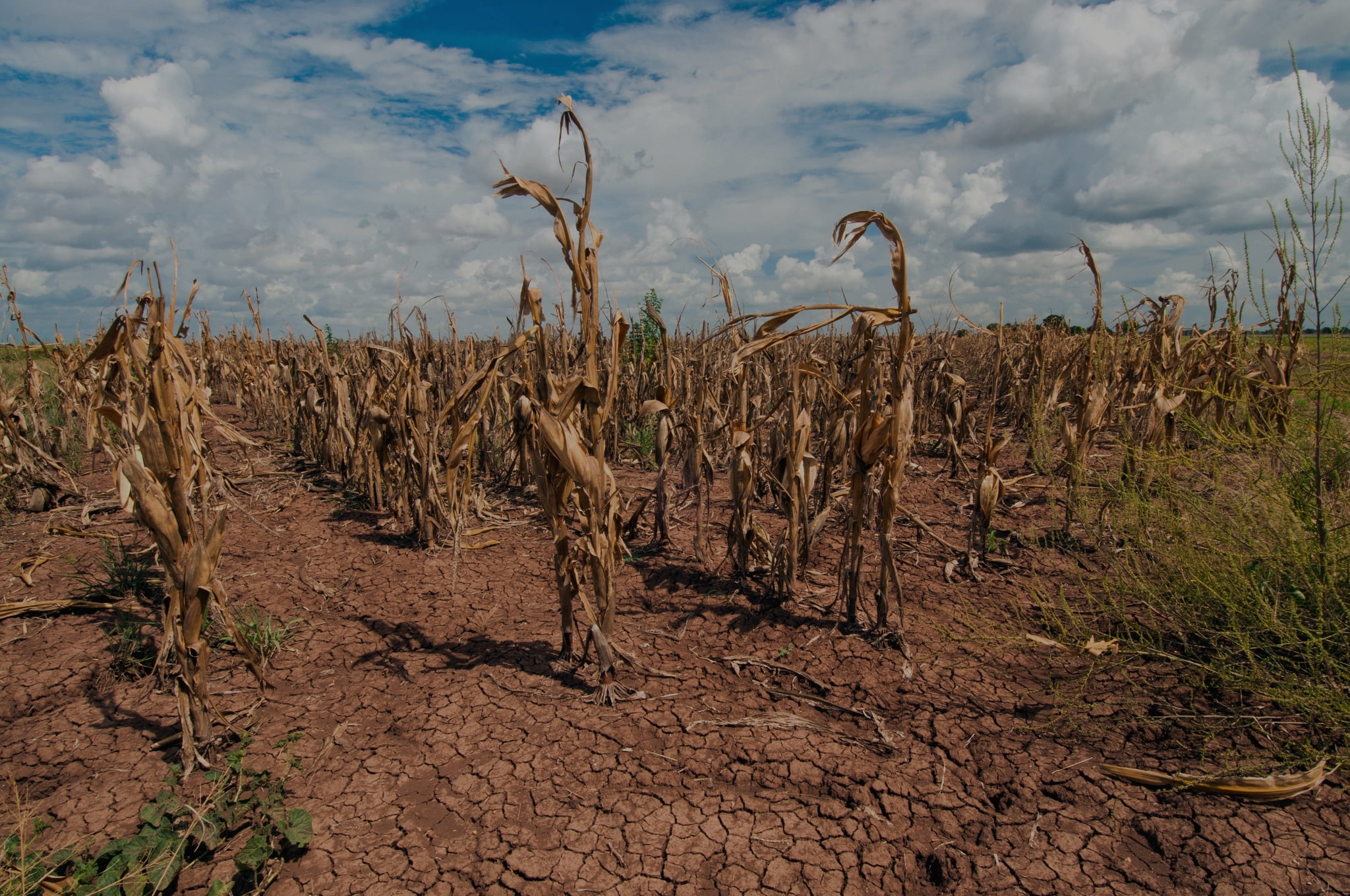As Earth’s climate changes, it is impacting extreme weather across the planet. Record-breaking heat waves on land and in the ocean, drenching rains, severe floods, years-long droughts, extreme wildfires, and widespread flooding during hurricanes are all becoming more frequent and more intense.
Human actions since the Industrial Revolution, primarily the burning of fossil fuels, have caused greenhouse gases to rapidly rise in the atmosphere. As carbon dioxide, methane, and other gases increase, they act as a blanket, trapping heat and warming the planet. In response, Earth’s air and ocean temperatures warm. This warming affects the water cycle, shifts weather patterns, and melts land ice — all impacts that can make extreme weather worse.
According to the Intergovernmental Panel on Climate Change (IPCC)’s Sixth Assessment Report released in 2021, the human-caused rise in greenhouse gases has increased the frequency and intensity of extreme weather events. NASA’s satellite missions, including the upcoming Earth System Observatory, provide vital data for monitoring and responding to extreme weather events.
What are the effects of climate change on extreme weather?
Research says all the risks from these extreme weather events will escalate the more the planet warms. However, IPCC’s Sixth Assessment Report also describes some climate change mitigation strategies, technological developments, and methods for reducing greenhouse gas emissions.
How do scientists determine if changes in extreme weather events are linked to climate change?
Scientists use a combination of climate models (simulations) and land, air, sea, and space-based observations to research how extreme weather events change over time. First, scientists examine historical records to determine the frequency and intensity of past events. Many of these long-term records date back to the 1950s, though some start in the 1800s. Then scientists use climate models to see if the number or strength of these events is changing, or will change, due to increasing greenhouse gases when compared to what has happened historically.
READ MORE
Header image is of a corn field impacted by drought in Texas on December 1, 2016. Credit: USGS/USDA/Bob Nichols





